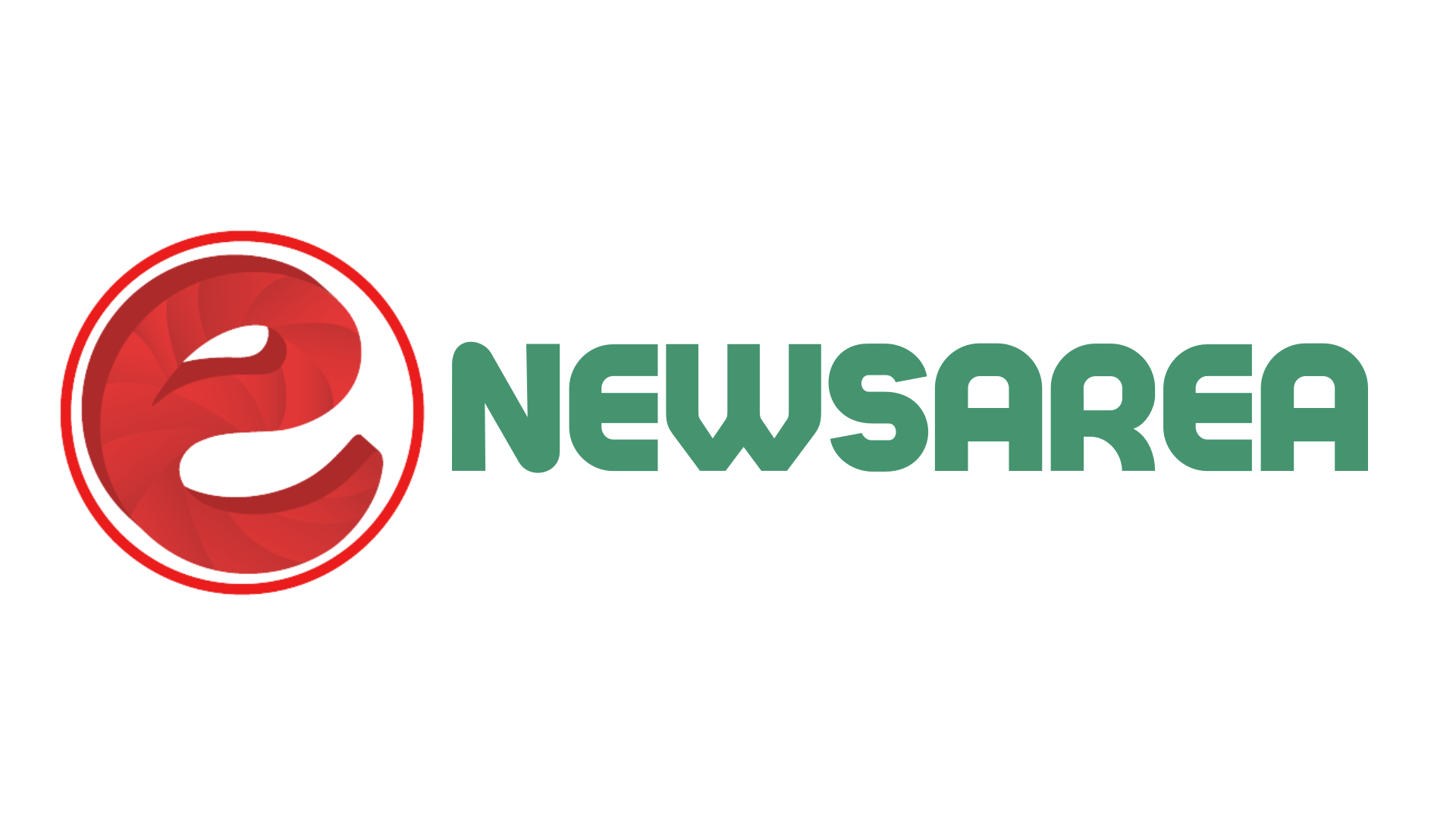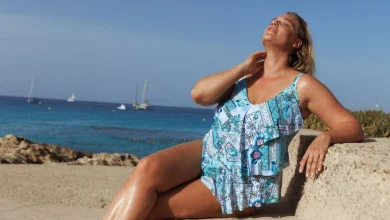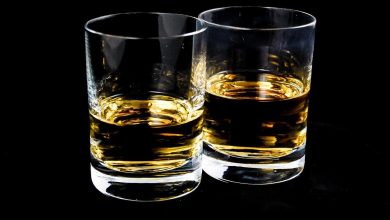Master Realist Techniques in Colored Pencil Painting in 4 Weeks: Projects for Beginners: Learn to draw still life, landscape, skies, fabric, glass and textures

Pencils
I’ve been using Prismacolor® colored pencils for many years. They have the unsurpassed richness of color, pigment saturation, and softness, and they are sold in a neat and durable storage box. Other brands I’ve tried have harder leads and deliver less vivid color. Prismacolor pencils are sold at any local craft store, and online. If I run out of a particular color, I can purchase it separately or buy individual pencils that I don’t have in my original set.
Key Features of Prismacolor Premier Colored Pencils:
- High-quality pigments produce a rich color saturation
- Soft, thick cores create a smooth color laydown for superior blending and shading
- Thick leads resist breakage
- Sold individually or in sets of 12, 24, 36, 48, 72, 120 & 132.
Prismacolor Premier Lightfast Colored Pencils differ from the pencils mentioned above. They are also artists’ quality pencils with high-quality pigments and soft, thick cores that provide excellent resistance to the fading effects of prolonged exposure to light.
Graphite Pencils
General’s Semi-Hex graphite pencil is just one of many pencils available today. This one is made with incense cedarwood and is available in 5 degrees: (1(B) extra soft; 2(HB) soft; 2 ½(F) medium; 3(H) hard; 4 (2H) extra hard). Numbers 2 and 3 should be used for outline drawing, and number 1 is great for shading in the black-and-white drawing. Other brands of 2HB pencils can be used.
Erasers
Prismacolor Kneaded Rubber Erasers are soft gray erasers that remove pencils gently and cleanly. These can be kneaded into a thin point, or any shape necessary, to remove tiny specs or soften highlights. They are available in three sizes and are sold individually or in boxes of 12. Prismacolor Magic Rub Erasers are latex-free, vinyl erasers that erase drawings cleanly and are sold individually or in boxes of 12. Other soft erasers can be substituted if necessary.
Paper
There are so many choices of papers available today! I believe you should try them all and see what works best for you. Personally, I recommend plain white, off-white or cream Stonehenge paper, Canson paper and Strathmore Bristol smooth paper. They all offer a wonderful, smooth finish, ideal for achieving maximum detail and ease of color application.
Color Papers
Color papers made by Strathmore and Stonehenge with a smooth finish work really well. Because the artist doesn’t have to fight with the paper’s tooth, colors layer easily. The pencil glides over the surface smoothly, and less effort is required from the artist to burnish the surface. Pick color paper of medium value range tones, like Steel Gray or Felt Gray.
Try other darker and lighter paper colors to determine which one works the best for your drawing style. Black, dark blue or ivy paper colors belong to “dark value range” papers, while Moonstone, Sky Blue, and Pearl are in the family of “light value range” papers. The same hues of colored pencils applied over these variously toned colored papers appear very different to the eye. Experiment!
Pencil Sharpeners
Not all pencil sharpeners are the same. Cheap ones simply break the soft lead of a pencil. Spend a dollar more for a better product like General’s All Art red pencil sharpener. It looks ordinary but will take good care of your precious pencils, sharpening them to the finest point possible. Change your pencil sharpener as soon as the blade gets dull and starts breaking the pencil’s lead. You can also use an electric Boston sharpener, which is nice and efficient.
Drafting Brush
Many artists enjoy having a soft, drafting brush to keep their drawings clean of any pencil particles and another residue
Pencil Extenders
A pencil extender is a very nice tool. It comes in handy when the expensive colored pencil is getting too short to hold. With the extender, you can keep working on your art with maximum control and precision.
Pencil Organization
I have over 50 pencils at my disposal and suggest organizing your colors either in a box or in several cans. This makes it a lot faster and easier to make color choices when drawing. For instance, I keep all my cool and warm greens together in one can, cool and warm blues in the other, yellows and oranges in a separate box, and so on.
Mylar Film
If you’re drawing from photos, Mylar film or tracing paper is very useful. You can place Mylar film over the photo and trace the lines with a 2 HB graphite pencil, then use the finished outline for the drawing. Or better yet, use Sarah wax-free transfer paper or Sally’s wax-free graphite transfer paper. These work like carbon paper to transfer an outlined drawing to another surface. And they leave no grease, are easy to erase, and deliver a clean, light line.
Spray Fixative
I use two kids of fixatives to preserve my drawings. Both are sold at any retail store and online. Workable fixative allows me to fix my drawing in between layers of color, preventing it from smudging and smearing. It’s often used in layering pastels and charcoal.
The final fixative is used for the final finish. It is UVA & UVB light-resistant, non-yellowing, and fast-drying. Spray fixative must be used in a room with good ventilation, or outdoors. Hold the can in the upright position, not too close to your drawing, and give it a light, even spray coat across the entire surface. Always let it dry before applying the second coat.
Blending Tools
Odorless mineral spirits or turpentine, Prismacolor Colorless blender pencils, and white pencils are all very useful tools for burnishing (blending) the drawing’s surface. I use them all to achieve about the same result in blending the surface. Using a small brush, you can use turpentine to melt the colored dark areas in your drawings




